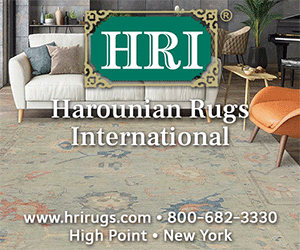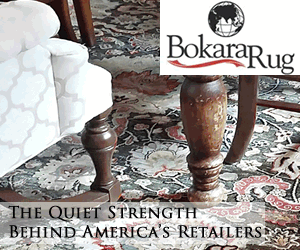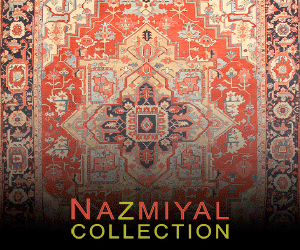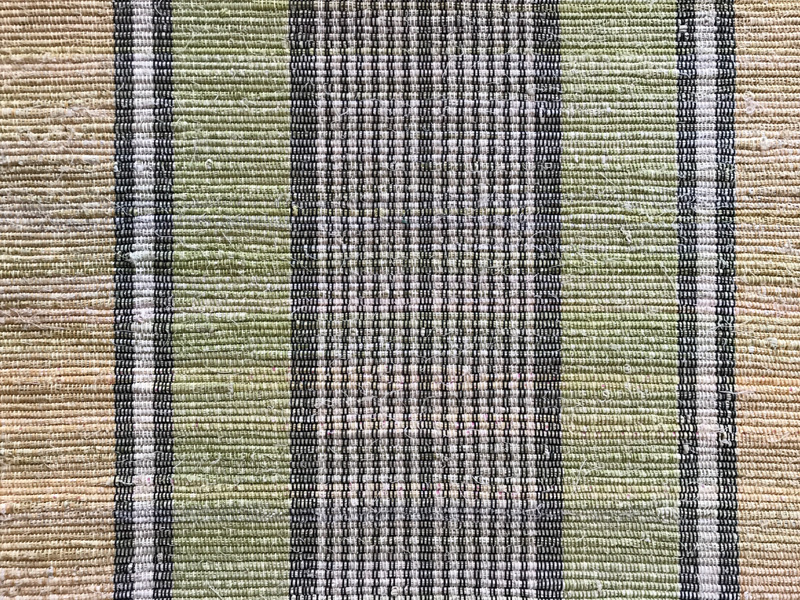Handwoven Textiles Made in Maine
Luddites were weavers who rightly feared industrialization would take their jobs, arguing not against the societal advances, but the loss of their livelihoods. It’s a prescient understanding of the effects of industrialization on production, without accounting for the benefits which later come. In a world wherein so much is mass produced, it seems the appreciation of handwork is on the rebound.
In a post-industrialized world there remains—and one could argue a growing—desire to own and appreciate all manner of things crafted by hand. Hand-knotted rugs and carpets made exotic by the Orient have long been held in highest esteem. But this is often done at the expense of other forms of handmaking and handweaving done much closer to home here in the occident.
While the techniques of passing weft through warp differ historically from one region to the next, it is in 2020 that the origins matter less than the resulting product. Sara Hotchkiss is a handweaver of textiles who resides in the bucolic rolling hills of Maine. I visited her studio in August of 2019 to gauge for myself the state of her craft and the desire for things made by hand.
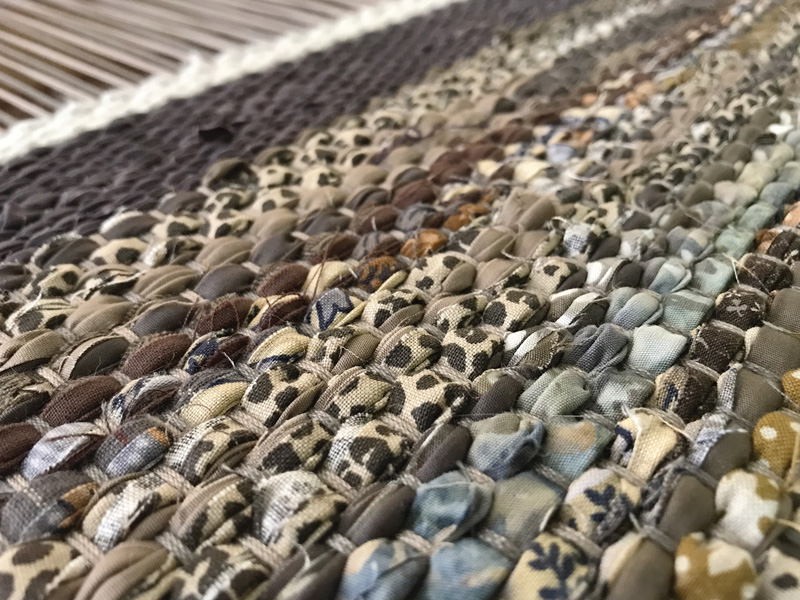
One of Sara Hotchkiss’ modern rag rugs shown in detail. Note the many exotic and dramatically different fabrics used in combination to create a relatively sublime finished carpet when viewed underfoot. This dual appreciation from both near and far is in this author’s opinion a hallmark of exceptional design.
Walking into the home and studio space of Sara Hotchkiss is to be immediately greeted by the understanding that the weaver living and working here is truly passionate about her craft. This is not said in some hyped up marketing manner as is typically done when describing cottage-craft weaving done abroad, but rather in an honest manner reflective of the simplicity of the connection between weaver and rug. Whether in the studio proper, or in the ersatz gallery in the former parlor of this farmhouse, or at the glorious farm table in the expansive country kitchen, weavings and textiles are prominently displayed and more importantly, are in use.
In contrast to the countless number of weavers working in the commercialized rug and carpet trade of the early 21st century, Hotchkiss’ life and studio are relatively posh and luxurious. This is not said to disparage one or the other but rather to highlight the disparity in appreciation betwixt something handwoven in Maine and handwoven in, say, India with the so-called and apparent appreciation of the two by mass consumers differing greatly.
Hotchkiss’ work is a blend of two distinct and highly contrasting techniques. One tres haute couture, the other more “Nan’s kitchen.” Tapestry meets rag rug; the results are an artistic fusion which both delights and intrigues.
As these vast differences undeniably exist, and indeed the underlying products are made with different concerns, what is it that makes a Hotchkiss textile so interesting? For me, it is all about the blending of cultures and techniques in a manner guided more by art than commerce. In the broader context of discussing rugs as art then, Hotchkiss’ work stands proud, owing to its experimental nature alone. Add in functionality and utilitarian aspects and the high art form of the "decorative arts” truly shines. Hotchkiss describes her own work:
“[Beginning with] either a geometric motif or a tickle of color-blend that I notice somewhere in my world, I graph out a design. Next, comes picking the fabrics. I study how the textures and color relate, how the printed images make patterns. I tweak and blend until the colors speak to the geometric shapes and vice versa, until together they dance and sing.”
Hotchkiss’ work is a blend of two distinct and highly contrasting techniques. One tres haute couture, the other more “Nan’s kitchen.” Tapestry meets rag rug; the results are an artistic fusion which both delights and intrigues.
“I borrow from the rag rug tradition where strips of many varied cotton fabrics—prints, solids, checks, and textures —the weft, are woven row by row to achieve evocative color striations. The hand-manipulated tapestry technique allows me to join one fabric strip next to another and as the rows and color sections progress, shapes—stars, leaves, hearts, flowers and diamonds— emerge. Although time consuming, the process is fun and satisfying,” states Hotchkiss. “For the warp—the cords that hold the weaving design together—I use a strong, cabled cotton, whose colors I select to blend with the weft fabrics. My weaving differs from traditional tapestry in that I leave this warp exposed, resulting in a lively, rich, and complex color statement in each of my rugs.” This experimentation in techniques has allowed Hotchkiss to develop a unique aesthetic while still crafting functional and utilitarian weavings; a balanced and nuanced pairing of art and function evocative of the ideas of the craftsman period and perhaps ones more rug makers of today should embrace. Not solely design on white canvas, Hotchkiss’s weavings bring a well informed technical background to the process of design.
Hotchkiss again: “Here in my sunny studio on the site of an old Maine farm in coastal Waldoboro, I spend my days weaving, designing and sneaking out to the garden when time allows. My studio is cluttered with fabrics—solids, prints, snippets of different colors and textures that remind me of my grandmother’s flowers. Ten and twelve-foot Swedish looms preside over the room, as well as many American-made rug looms. Add to this the antics of a curious kitty and my nook is complete.”
This is what it is to be a weaver in rural Maine, a handmaker of products truly "Made in the Americas.” It is a balance between life and work, a blending of cultures and traditions, a realization that in post-industrialized America the handworker is no longer the driving force of the economy, but rather an adjunct who can masterfully blend cultures, techniques, traditions, and more into decidedly modern textiles well informed by the past.
For those who are curious about the future of craft, handmade and handwork, the lessons to be learned from those who still practice it are well worth the study. The work of Sara Hotchkiss is just one vignette of the many great handwork traditions of the Americas.
Photography by Michael Christie


